The Pennsylvania Department of Community and Economic Development (PA DCED) recently announced that it has awarded $5 million in Pennsylvania historic preservation tax credits (PA HPTC) to 22 projects across the commonwealth through the FY 2019-2020 PA HPTC Allocation.
The application period for the next round opens October 1, 2020.
Preservation Tax Credits awarded to 22 projects
State investment by Pennsylvania’s Historic Preservation Tax Credit (PA HPTC) stimulates over an estimated $297 Million in rehabilitation expenditures for projects that preserve historic buildings, revitalize communities, and promote local economic development.
The twenty-two projects receiving $5 million in tax credits will leverage with an estimated $297 million in construction projects. In all, 58 applicants had sought over $21 million in tax credits for construction projects totaling more than $600 million in estimated costs.
Selected projects range from the updating the historic Gamble Mill in Bellefonte, Centre County into a restaurant event space with supporting residential use to the rehabilitation of the nationally significant Carl Mackley Houses in the Juniata Park neighborhood of Philadelphia for continued affordable housing use to the adaptive reuse of the landmark Pittsburgh Athletic Association into a special event and office center in Pittsburgh.
Here is the full list of FY 2019-2020 projects below:
- 422 Foreland Street, Pittsburgh – $200,000 tax credit allocation, $3,234,500 estimated rehabilitation expenditures to update the restaurant and jazz club on the North Side.
- 841 N. Lincoln, Pittsburgh, Allegheny County – $50,000 tax credit allocation, $519,000 estimated rehabilitation expenditures to restore the Second Empire multi-unit house in the Allegheny West Historic District.
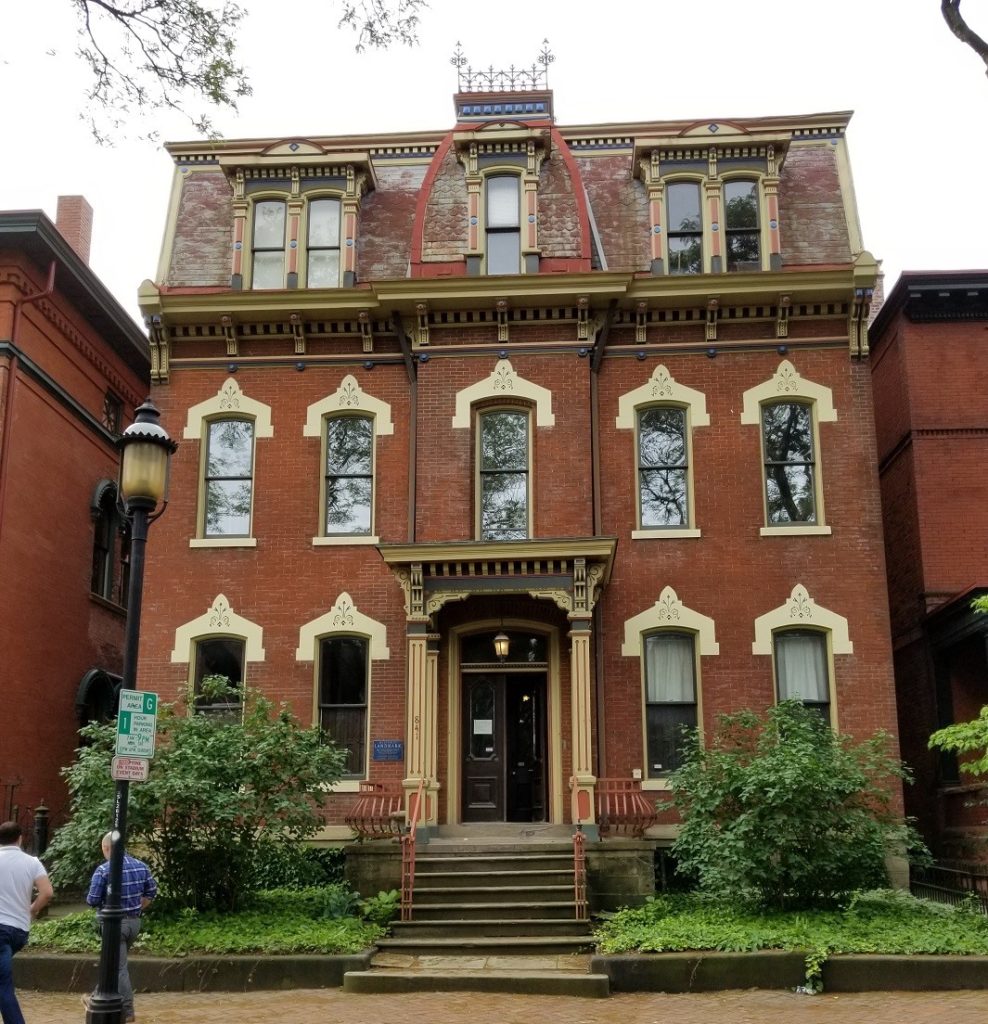
- Commonwealth Building, Pittsburgh, Allegheny County – $250,000 tax credit allocation, $24,000,000 estimated rehabilitation expenditures to convert the vacant office building into apartment use.
- Pittsburgh Athletic Association, Pittsburgh, Allegheny County – $300,000 tax credit allocation, $38,425,000 estimated rehabilitation expenditures to convert the former athletic building into a special event and office center,
- Saleme Building, Altoona, Blair County – $50,000 tax credit allocation, $326,000 estimated rehabilitation expenditures to update the office building in the Altoona Downtown Historic District.
- Shirley Shoes, Altoona, Blair County – $100,000 tax credit allocation, $519,000 estimated rehabilitation expenditures to covert the vacant store into a restaurant in the Altoona Downtown Historic District.
- Gamble Mill, Bellefonte, Centre County – $250,000 tax credit allocation, $2,057917 estimated rehabilitation expenditures to update the restaurant and residential use of the historic grist mill.
- Glennland Building, State College, Centre County – $300,000 tax credit allocation, $10,000,000 estimated rehabilitation expenditures to convert the vacant office building into a hotel.
- Addison Leech House, Erie, Erie County – $500,000 tax credit allocation, $2,281,000 estimated rehabilitation expenditures to update the multi-unit use of the Second Empire house in the West Sixth Street Historic District.
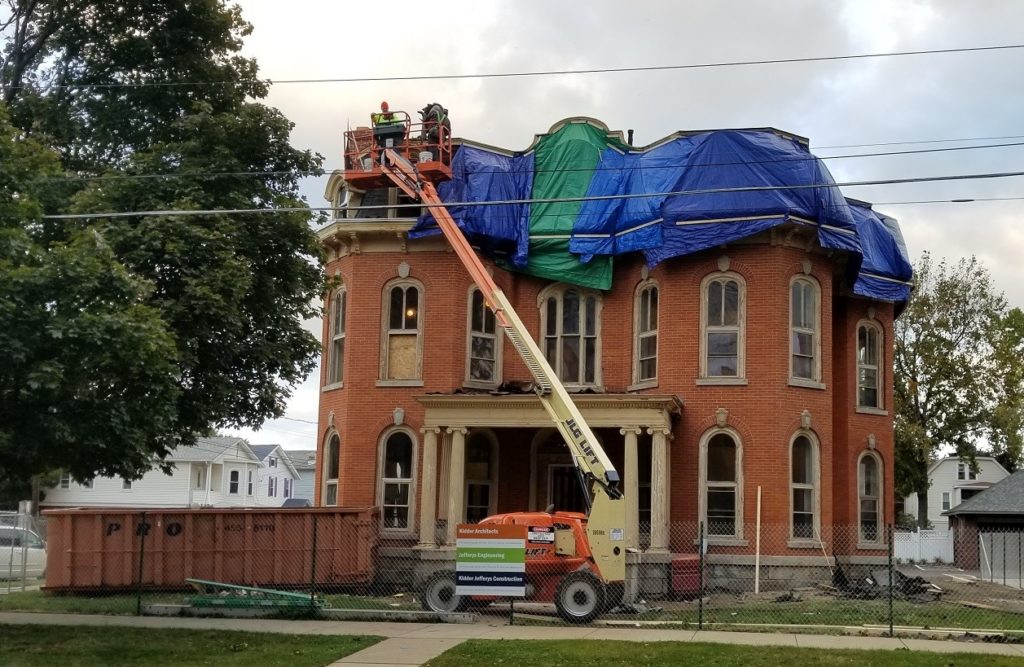
- Scranton National Bank, Scranton, Lackawanna County – $150,000 tax credit allocation, $2,000,000 estimated rehabilitation expenditures to convert the upper floors of the residential building into apartment use.
- Stoehr & Fister Department Store, Scranton, Lackawanna County – $150,000 tax credit allocation, $13,664,149 estimated rehabilitation expenditures to convert the vacant store into commercial use on the first floor and apartment use above.
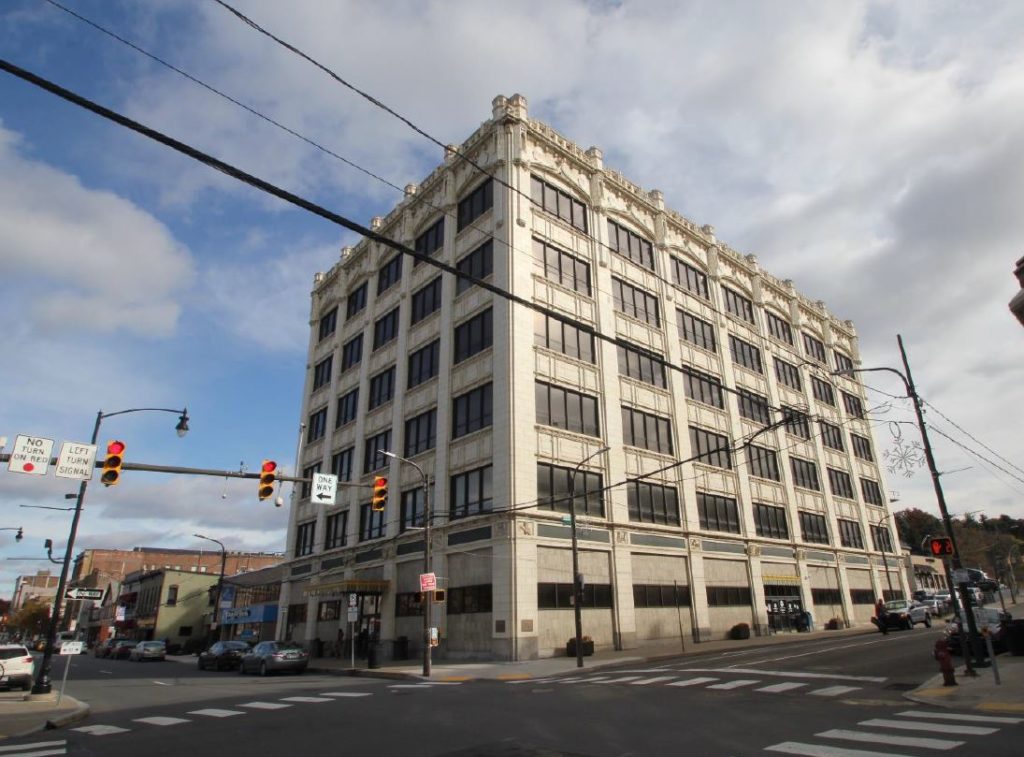
- Lancaster Newspaper Building, Lancaster, Lancaster County – $200,000 tax credit allocation, $1,100,000 estimated rehabilitation expenditures to convert the vacant newspaper headquarters into a boutique hotel or apartment use in the Lancaster Historic District.
- Elizabeth Furnace, Lititz, Lancaster County – $100,000 tax credit allocation, $1,240,000 estimated rehabilitation expenditures to convert the complex into a farm-to-table restaurant and event complex.
- Boyertown Burial Casket Company, East Greenville, Montgomery County – $250,000 tax credit allocation, $15,000,000 estimated rehabilitation expenditures to convert the vacant manufacturing facility into affordable senior housing.
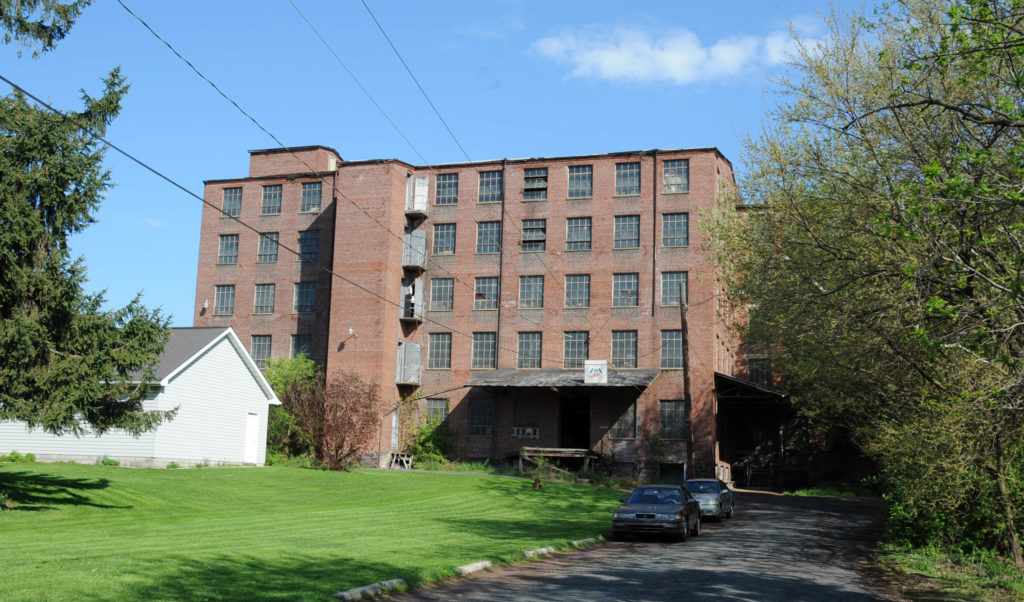
- R.K. Laros Silk Mill, Bethlehem, Northampton County – $500,000 tax credit allocation, $23,950,981 estimated rehabilitation expenditures to convert the vacant silk mill into commercial use on the first floor and apartment use above.
- Carl Mackley Houses, Philadelphia – $250,000 tax credit allocation, $16,974,419 estimated rehabilitation expenditures to update the affordable housing complex.
- Crown Can Company Building, Philadelphia – $250,000 tax credit allocation, $29,488,285 estimated rehabilitation expenditures to convert the vacant manufacturing space into a “maker space” and light industrial use business incubator.
- First Federal Savings and Loan Association, Philadelphia – $200,000 tax credit allocation, $13,000,000 estimated rehabilitation expenditures to convert the vacant bank into a behavioral and mental health service provider.
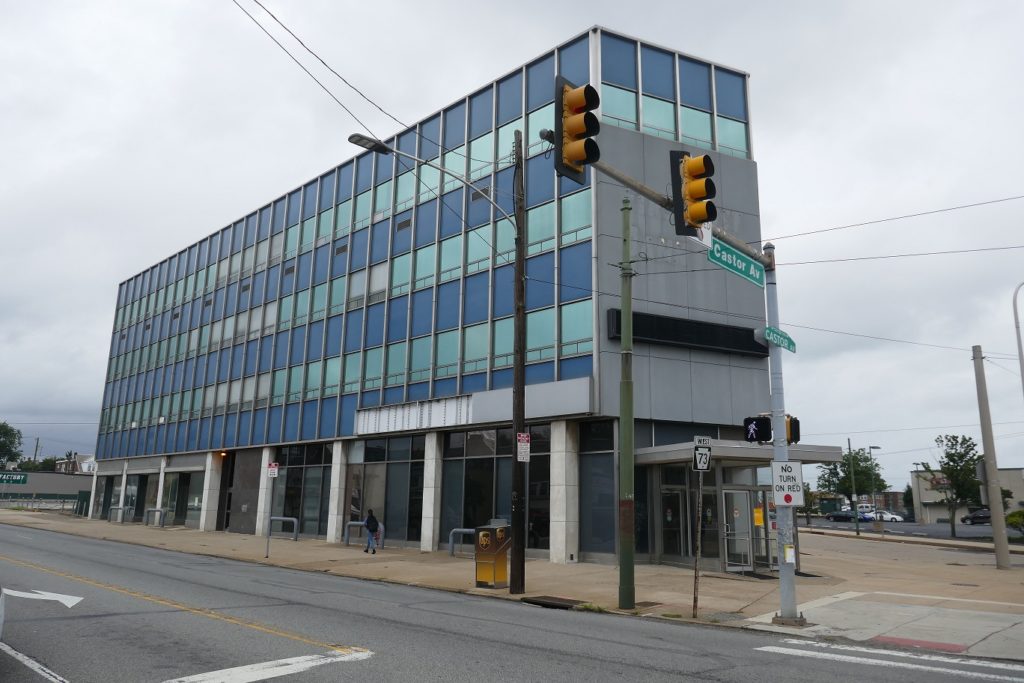
- Gotham Silk Hosiery Company Building, Philadelphia – $250,000 tax credit allocation, $26,595,250 estimated rehabilitation expenditures to convert the vacant mill into residential use.
- Provident Mutual Insurance Company, Philadelphia – $300,000 tax credit allocation, $60,000,000 estimated rehabilitation expenditures to the vacant office building for a health management company.
- William Brown Company Hosiery Mill, Philadelphia – $250,000 tax credit allocation, $12,356,132 estimated rehabilitation expenditures to convert the vacant mill into mixed commercial and residential use.
- H.F. Schell House, Somerset, Somerset County – $150,000 tax credit allocation, $1,145,000 estimated rehabilitation expenditures to restore the Victorian era house into a bank headquarters in the Somerset Historic District
FY 2020-2021 Application Period
Please note the opening date is Thursday October 1, 2020 and closing date is October 31, 2020.
As a first-come, first-served program, it is recommended to submit your application on October 1, 2020. Please note these dates are published in the reauthorization legislation and are scheduled to be used in future fiscal years. Program guidelines are available at https://dced.pa.gov/programs/historic-preservation-tax-credit-hptc/.
Also please note the changes in the application form addenda in the Electronic Single Application system. Additional fields in addenda include:
- PA HTC request amount. All Applicants must enter your PA HTC request amount. Please note, the amount of credit available under this program equals 25% (or 30% if your project qualifies as a “workforce housing project”) of the qualified rehabilitation expenses of your project, not to exceed the $500,000 cap level for a single qualified taxpayer in a fiscal year.
- Workforce Housing. All Applicants must verify if your project is a Workforce Housing project.
- Tax Compliance Form. All Applicants must complete a form to ensure there are no outstanding liabilities with Department of Revenue. Applicants with an unresolved liability are not eligible.
- Application Fee. All Applicants must pay a $100 application fee upon submission of the application.
Interested in learning more?
If you would like to know more about the historic tax credit programs available to rehabilitate historic buildings in Pennsylvania, please visit our website or contact me at midoyle@pa.gov.
Comment Policy
PHMC welcomes and encourages topic-related comments on this blog. PHMC reserves the right to remove comments that in PHMC’s discretion do not follow participation guidelines.
Commenters and Comments shall be related to the blog post topic and respectful of others who use this site.
Commenters and Comments shall not: use language that is offensive, inflammatory or provocative (this includes, but is not limited to, using profanity, obscene, or vulgar comments); disparage other commenters or people; condone illegal activity; identify the location of known or suspected archeological sites; post personal information in comments such as addresses, phone numbers, e-mail addresses or other contact details, which may relate to you or other individuals; impersonate or falsely claim to represent a person or an organization; make any commercial endorsement or promotion of any product, service or publication.
If you would like to comment on other topics not related to this blog post but related to PHMC, please fill out the PHMC Contact Us Form.
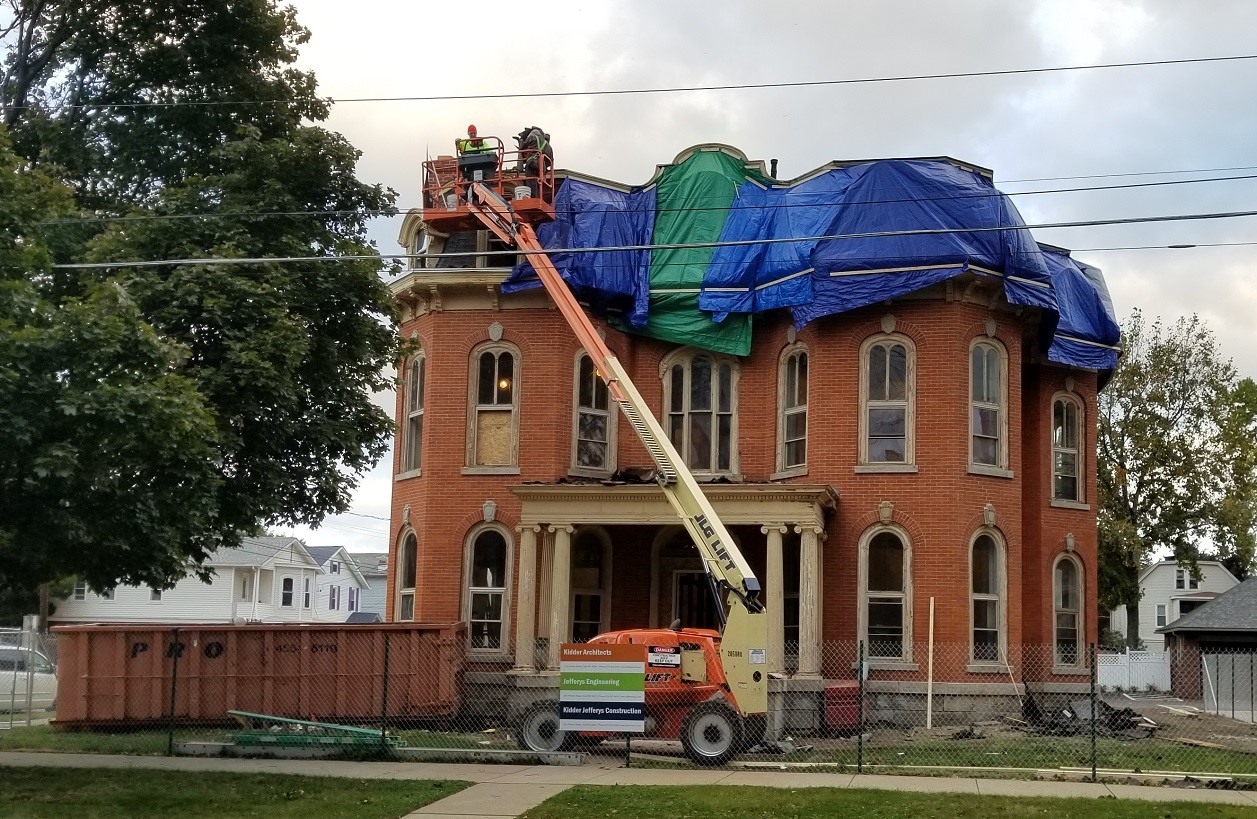
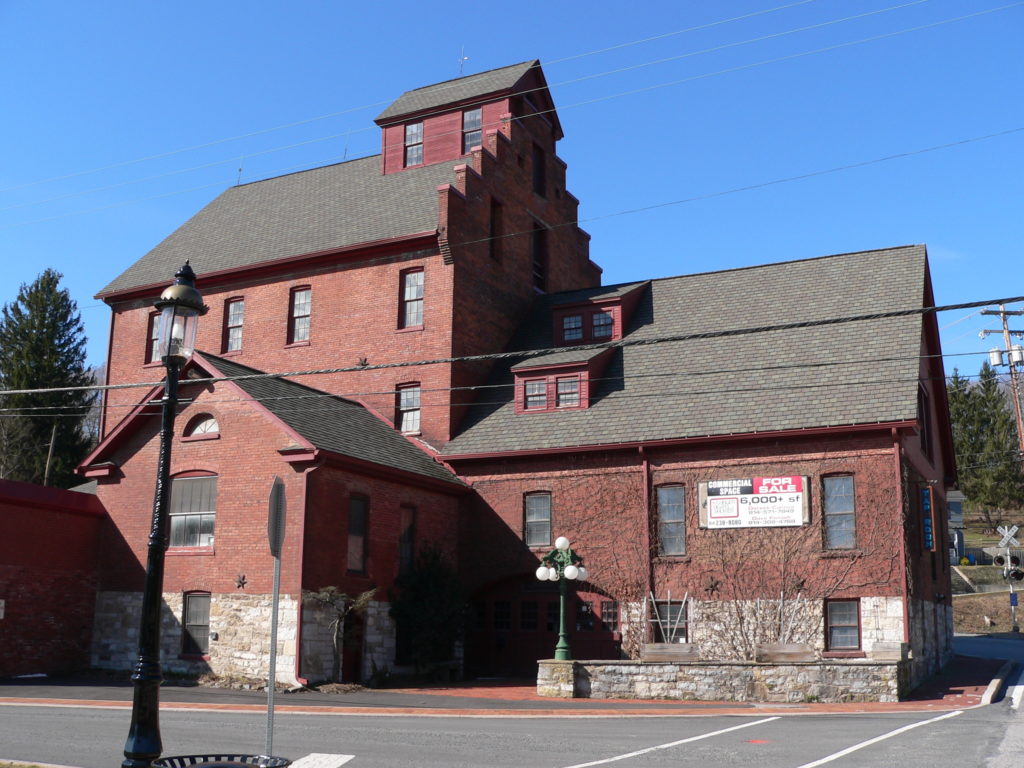
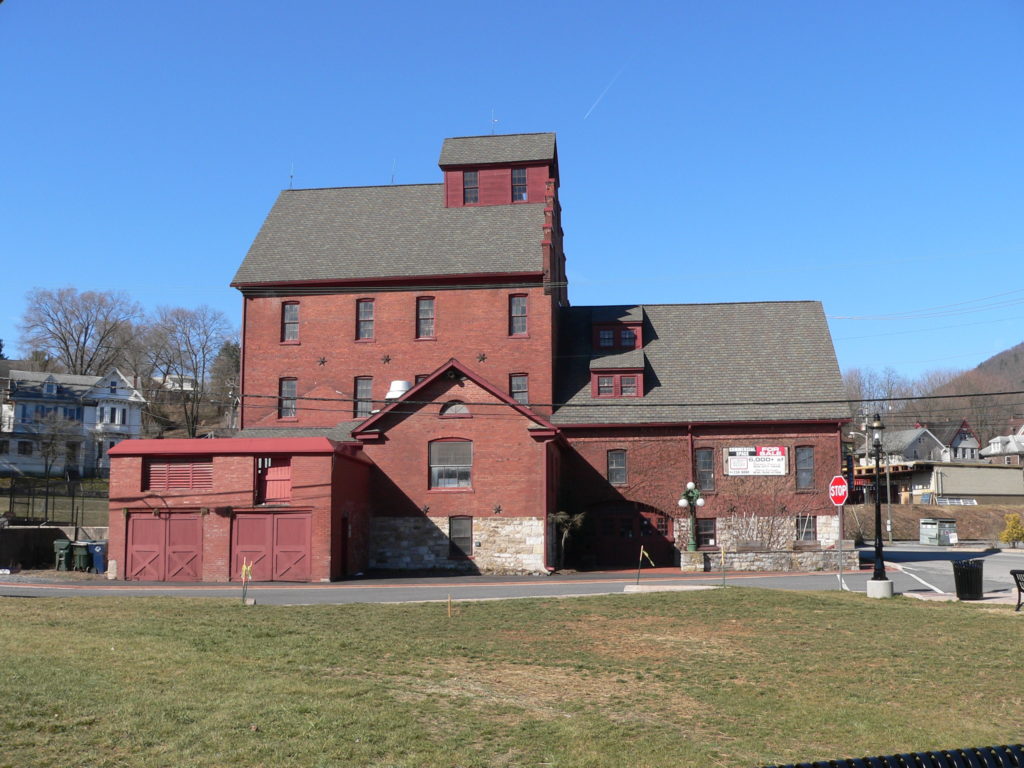
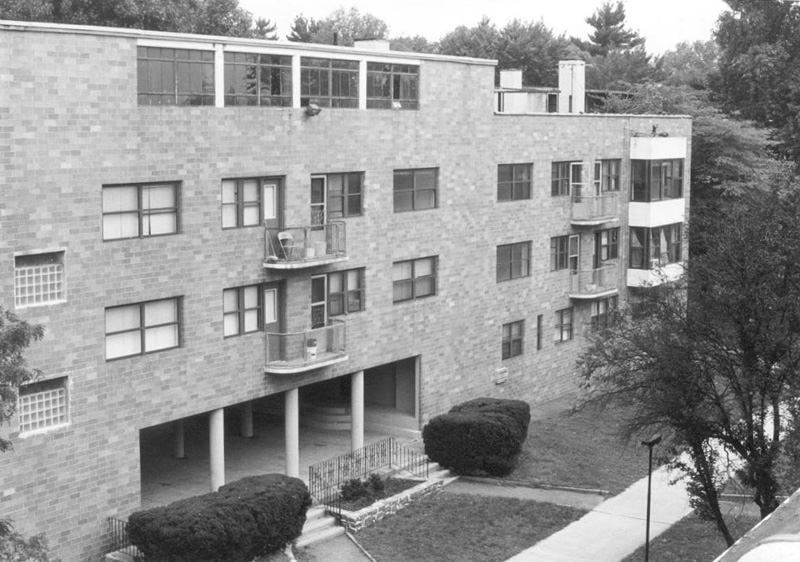
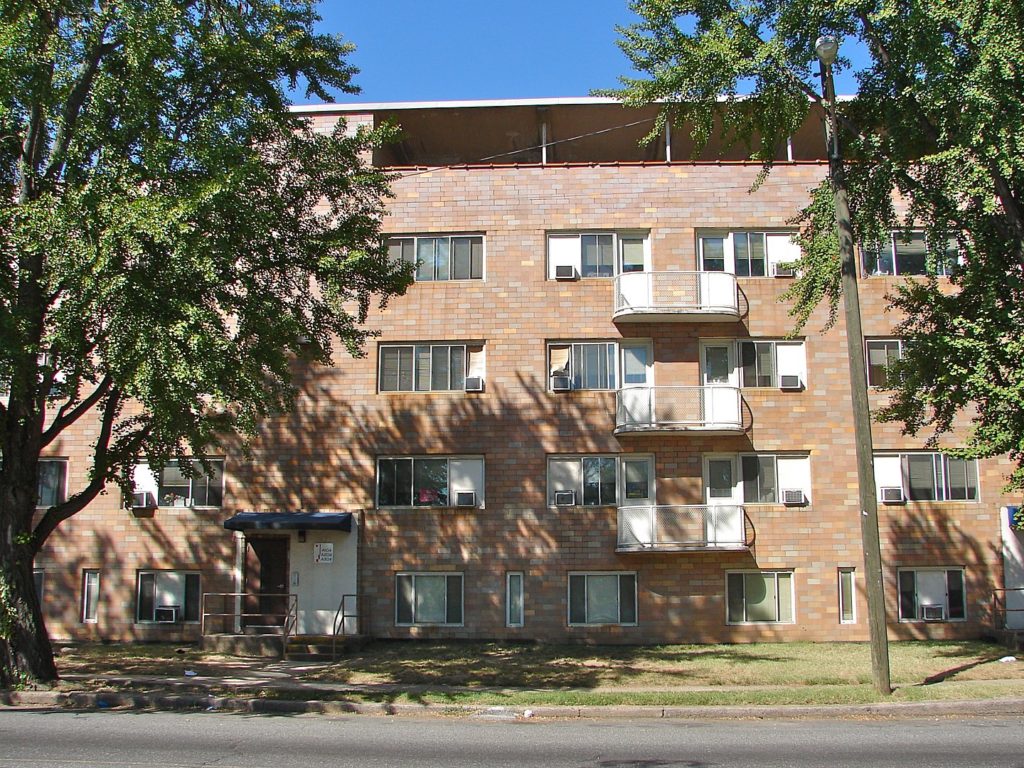
This is ineresting